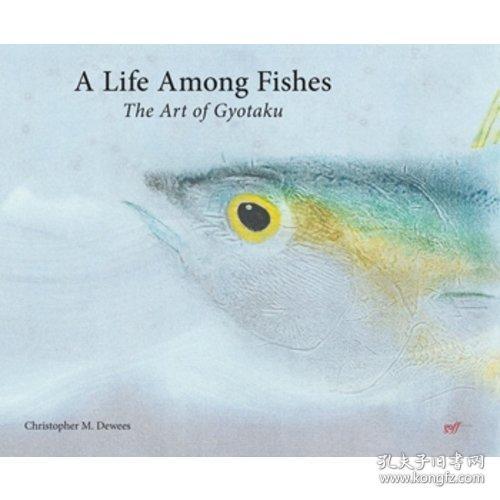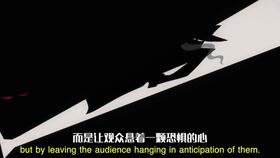The Ultimate Guide to Hooking and Catching Large Fish: Proven Techniques and Tips
In the world of angling, there's nothing quite as exhilarating as the thrill of landing a big fish. Whether you're a seasoned angler or a beginner looking to step up your game, mastering the art of catching large fish requires a combination of skill, patience, and the right equipment. This article delves into the intricacies of choosing the perfect hooks and offers a comprehensive guide to angling techniques that will help you reel in those majestic creatures. So, let's dive right in and explore the secrets behind hooking and catching big fish.
Understanding the Basics of Big Fish Hooks
The first step in your quest to catch large fish is selecting the right hook. Hooks come in various shapes, sizes, and materials, each designed to suit different fishing conditions and species. Here are some key factors to consider when choosing a hook for big fish:
Hook Size: The size of the hook should correspond to the size of the bait you're using. Larger fish require larger hooks to ensure a secure bite and minimize the risk of the fish spitting out the hook.
Hook Shape: Different shapes are designed for different purposes. For example, J-hooks are versatile and work well for a wide range of fish, while circle hooks are excellent for live bait fishing as they help in reducing the risk of gut hooking.
Hook Material: The material of the hook can affect its durability and performance. Common materials include stainless steel, brass, and titanium. Stainless steel is the most durable, while titanium offers the sharpest point and is great for saltwater fishing.

Advanced Hooking Techniques
Once you've selected the right hook, it's time to learn some advanced hooking techniques that will increase your chances of success:
Nipping the Hook: This technique involves cutting the bait slightly with the hook point to ensure it remains on the hook throughout the fight. This is particularly useful for fish that tend to spit out bait, like bass.
The Pincer Grip: When using live bait, grip the bait firmly between your thumb and forefinger with the hook point facing away from your fingers. This allows for a more natural presentation and reduces the likelihood of the bait getting dislodged.
The Texas Rig: This rig involves threading the hook through the middle of the bait and then sliding it down to the tail, allowing the bait to swim naturally. It's a great technique for fishing soft plastics like worms and lizards.
Mastering Angling Techniques for Big Fish
Catching large fish is not just about the hook; it's also about the way you fish. Here are some essential angling techniques to consider:
Patience is Key: Big fish are often cautious and may take time to bite. Be patient and avoid reeling in too quickly after a strike. Allow the fish to take the bait and then set the hook gently.
Use the Right Line: For larger fish, you'll need a stronger line to handle the increased pressure. Monofilament, fluorocarbon, and braided lines all have their advantages, so choose the one that best suits your fishing environment.
Adjust Your Presentation: The way you present your bait can make a significant difference. Experiment with different retrieves, such as a slow roll, a fast twitch, or a dead-stick approach, to see what works best for the fish you're targeting.
Learn to Read the Water: Understanding the behavior of fish in different water conditions is crucial. Observe the currents, depths, and structure of the water to determine the best spots to fish.
Be Prepared for a Battle: Large fish can put up a fierce fight. Have the necessary gear, such as a sturdy rod, reel, and fishing line, to handle the strain. Be prepared to set the hook firmly and play the fish with a steady hand.
Conclusion
Catching big fish is a rewarding challenge that requires a blend of knowledge, skill, and the right equipment. By understanding the basics of hook selection, mastering advanced hooking techniques, and honing your angling skills, you'll be well on your way to reeling in those majestic creatures. Remember, patience and persistence are key, and with time, you'll develop the expertise to become a true angling connoisseur. Happy fishing!












